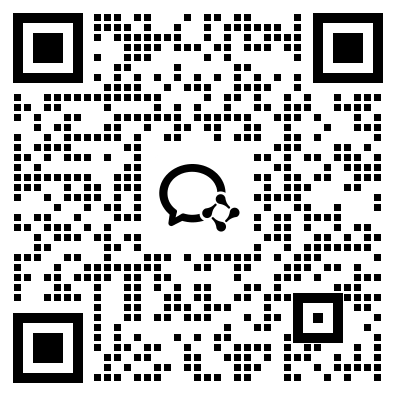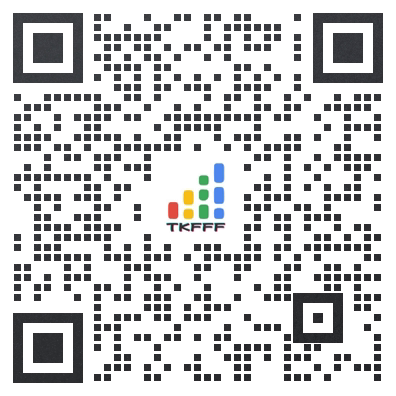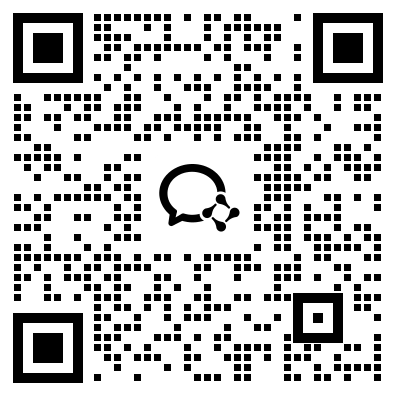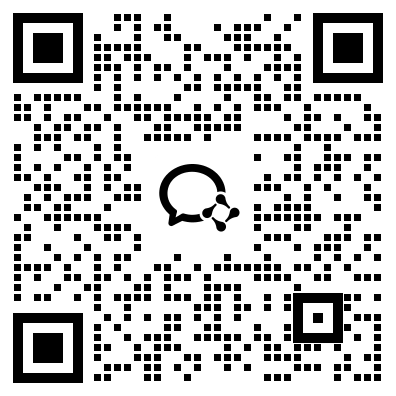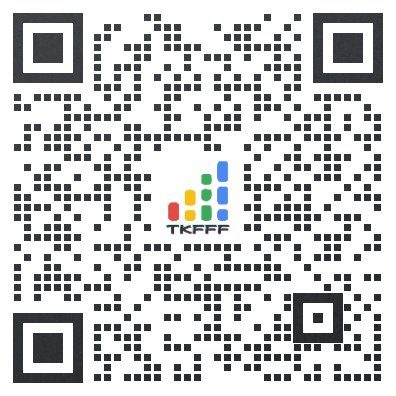With TikTok creator program, AI-sped misinformation pays
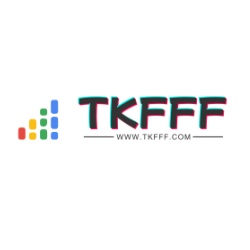
TKFFF · 2024-03-27 15:36
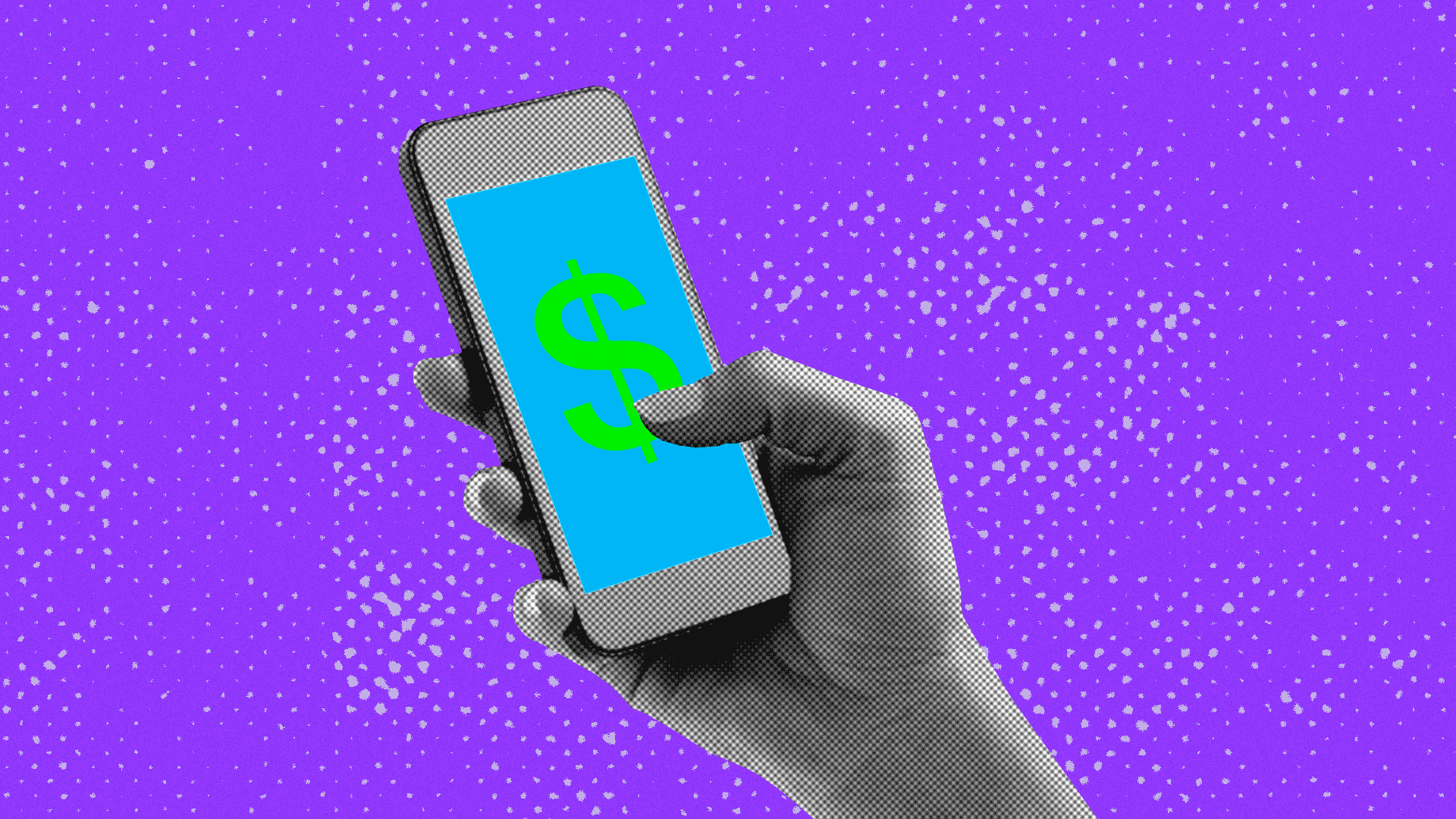 Illustration: Aïda Amer/Axios
TikTok's cash-for-creators program could speed the spread of spammy misinformation on the platform as video makers lean on AI to hook viewers with outlandish images, conspiracy theories and hokum.
Why it matters: The crazier the video, the higher the engagement — and now, more engagement directly translates to more dollars.
The big picture: While U.S. lawmakers continue to worry that China is weaponizing TikTok to spread propaganda, AI tools are helping people spread a wide blanket of untrustworthy information on both TikTok and other social media as a crucial election year gets underway.
Driving the news: TikTok's new Creator Rewards Program, which came out of beta on March 18, pays creators "based on qualified views" and RPM, which is the average gross revenue per 1,000 "qualified" views, according to the company.
Illustration: Aïda Amer/Axios
TikTok's cash-for-creators program could speed the spread of spammy misinformation on the platform as video makers lean on AI to hook viewers with outlandish images, conspiracy theories and hokum.
Why it matters: The crazier the video, the higher the engagement — and now, more engagement directly translates to more dollars.
The big picture: While U.S. lawmakers continue to worry that China is weaponizing TikTok to spread propaganda, AI tools are helping people spread a wide blanket of untrustworthy information on both TikTok and other social media as a crucial election year gets underway.
Driving the news: TikTok's new Creator Rewards Program, which came out of beta on March 18, pays creators "based on qualified views" and RPM, which is the average gross revenue per 1,000 "qualified" views, according to the company.
- In addition to increased earnings for "originality," TikTok says the new program uses an "optimized rewards formula" to pay more for videos that are longer and optimized for "search value" and "audience engagement."
- Generative AI is great at making stuff up. If you're not worried about historical inaccuracy, hallucinations, bias or copyright law, the new AI tools are perfect for helping creators make videos quickly.
- While Google, Meta, OpenAI and Microsoft have dedicated red teams to identify and address safety issues with their generative AI tools, anyone can easily download free tools that don't aim for such safeguards.
- ElevenLabs can turn scripts written by ChatGPT into voiceover speech so creators don't need to be performers or even use their own voices or likenesses in videos.
- CapCut uses AI to edit videos and create transitions. The app is owned by TikTok parent ByteDance and is currently the seventh most-downloaded in the U.S.
- You must also have a U.S. account — but there are now sites that will sell you one.
- Richards found conspiracy videos featuring vampires, wendigos and King Kong.
- A simple search for "conspiracy theories videos 2024" on TikTok yields videos that feature AI-generated images of Trump and Biden or cite AI-generated Joe Rogan footage to back up claims.
- Koebler and Richards both found YouTube tutorials on how to use the tools as well as pyramid scheme-like communities of creators selling access to tools and templates with promises to make thousands of dollars a month with their methods.
- Some of the videos contain labels or hashtags noting that they are fake or AI-generated, but some do not.
- "Harmful misinformation is prohibited and we apply firm account standards to our rewards program to encourage high-quality, original content," the spokesperson added.
- TikTok videos often straddle the line between information and parody, making it hard to distinguish silly gags from potentially harmful lies.
- TikTok's community guidelines forbid "content that tricks or manipulates others as a way to increase engagement metrics."
- The study also found that Facebook's content algorithm is pushing this content into users' feeds.
- A 2022 NewsGuard investigation found that nearly 20% of videos on TikTok contained misinformation.
文章来源:Axios
TKFFF公众号
扫码关注领【TK运营地图】

TKFFF合作,请扫码联系!

文章来源: 文章该内容为作者观点,TKFFF仅提供信息存储空间服务,不代表TKFFF的观点或立场。版权归原作者所有,未经允许不得转载。对于因本网站图片、内容所引起的纠纷、损失等,TKFFF均不承担侵权行为的连带责任。如发现本站文章存在版权问题,请联系:1280199022@qq.com
分享给好友:

 知识星球
知识星球 






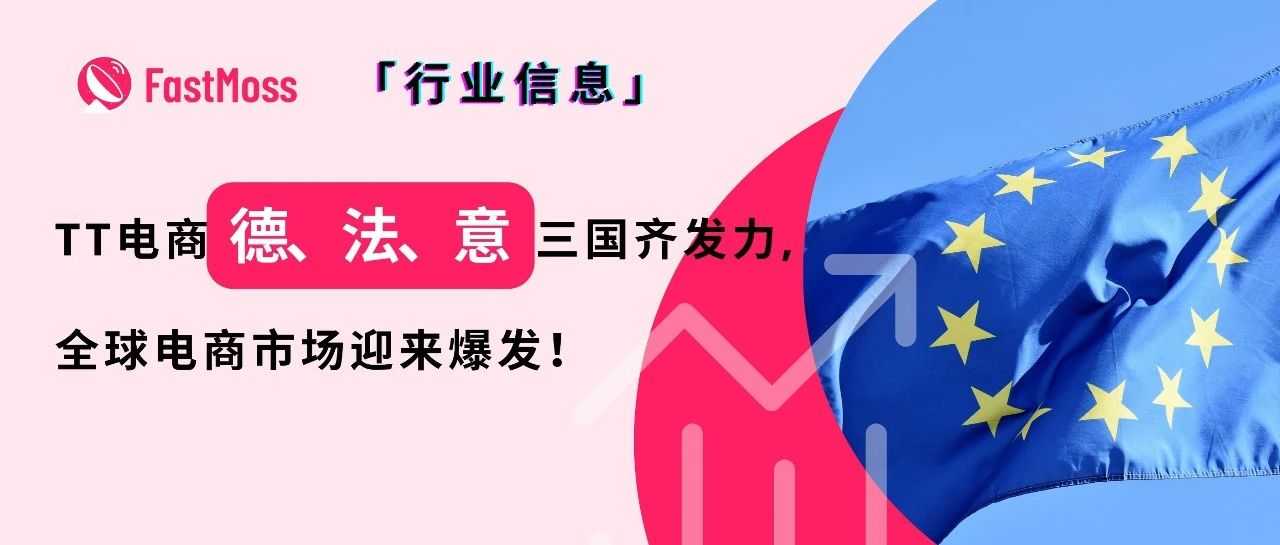
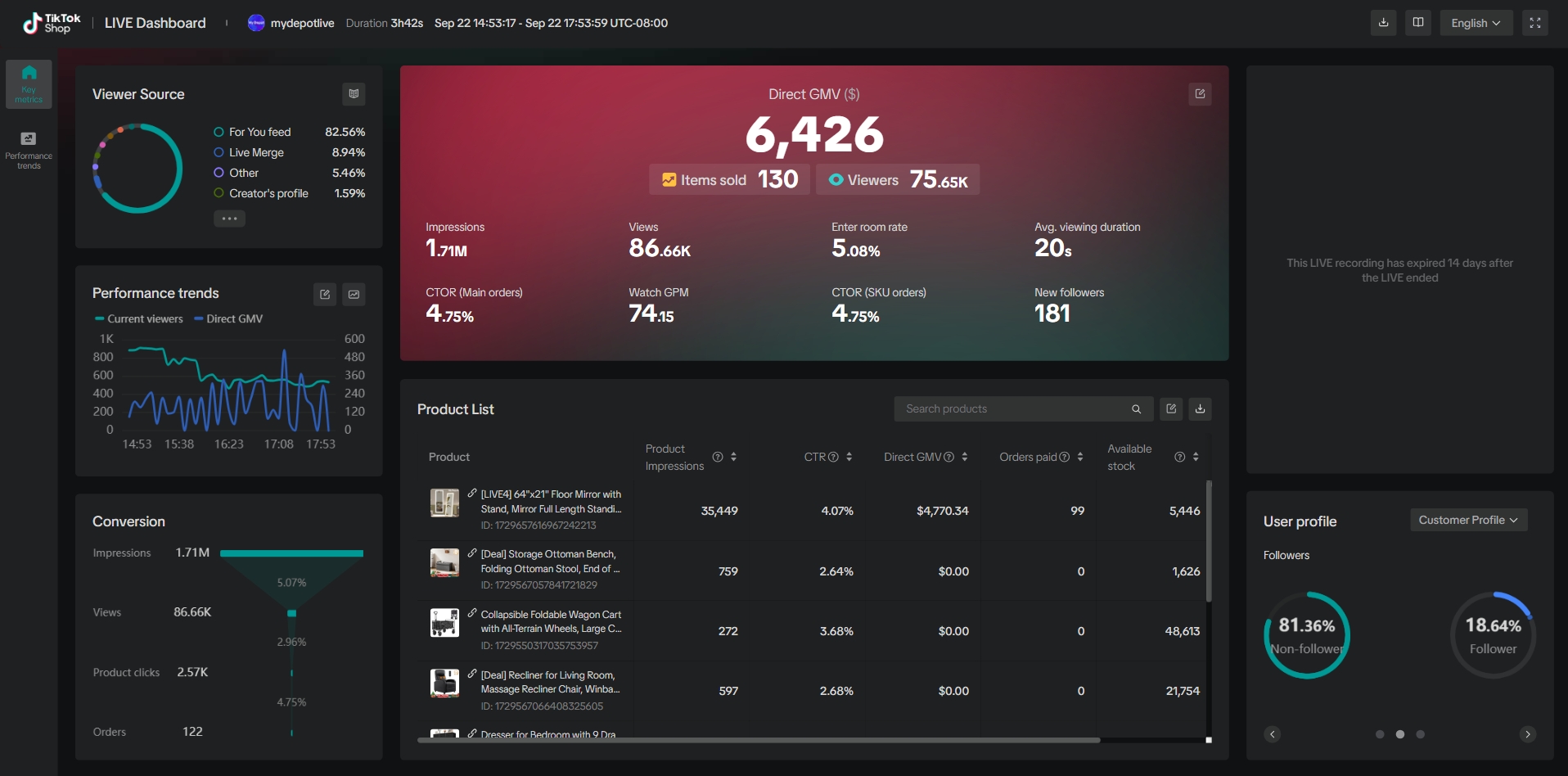



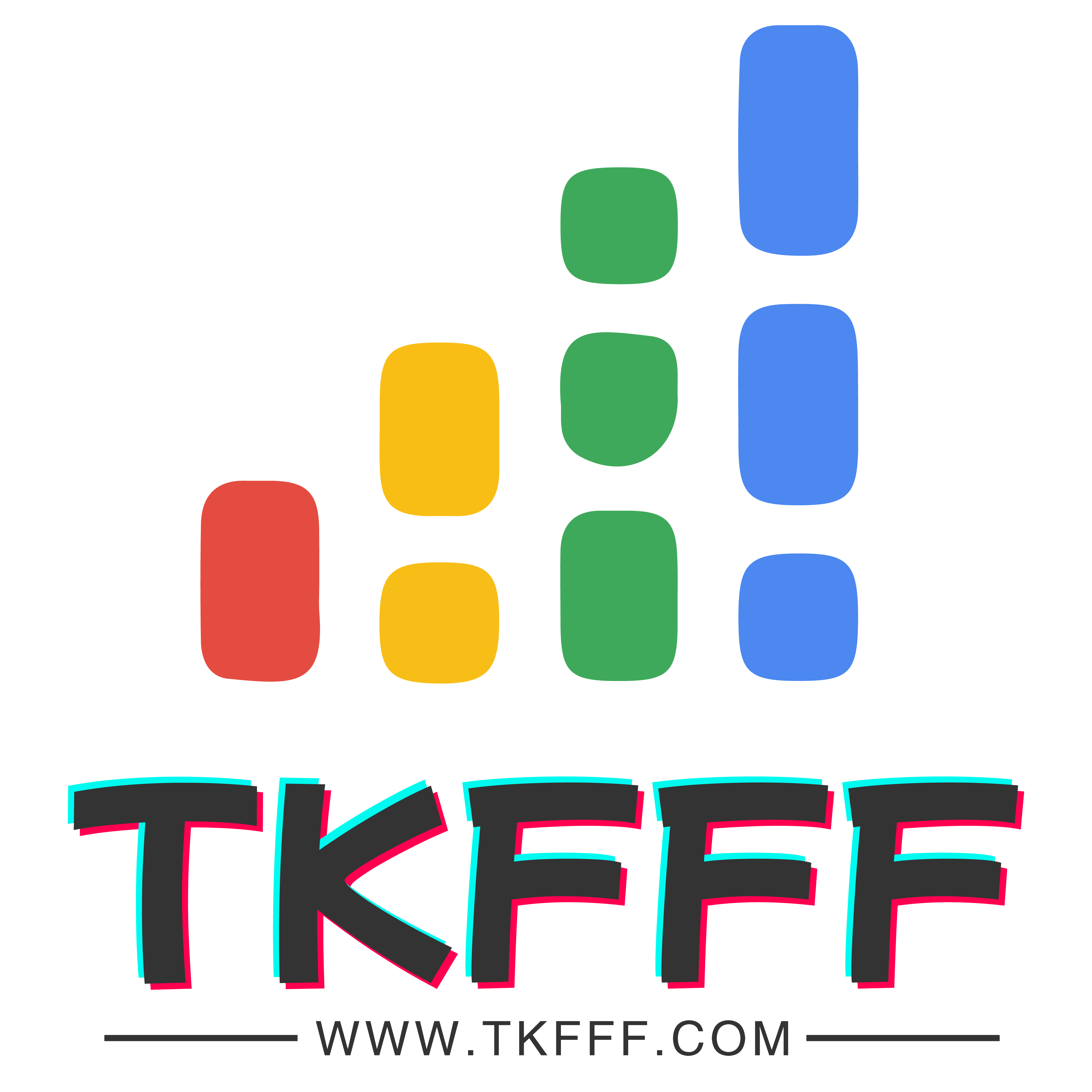
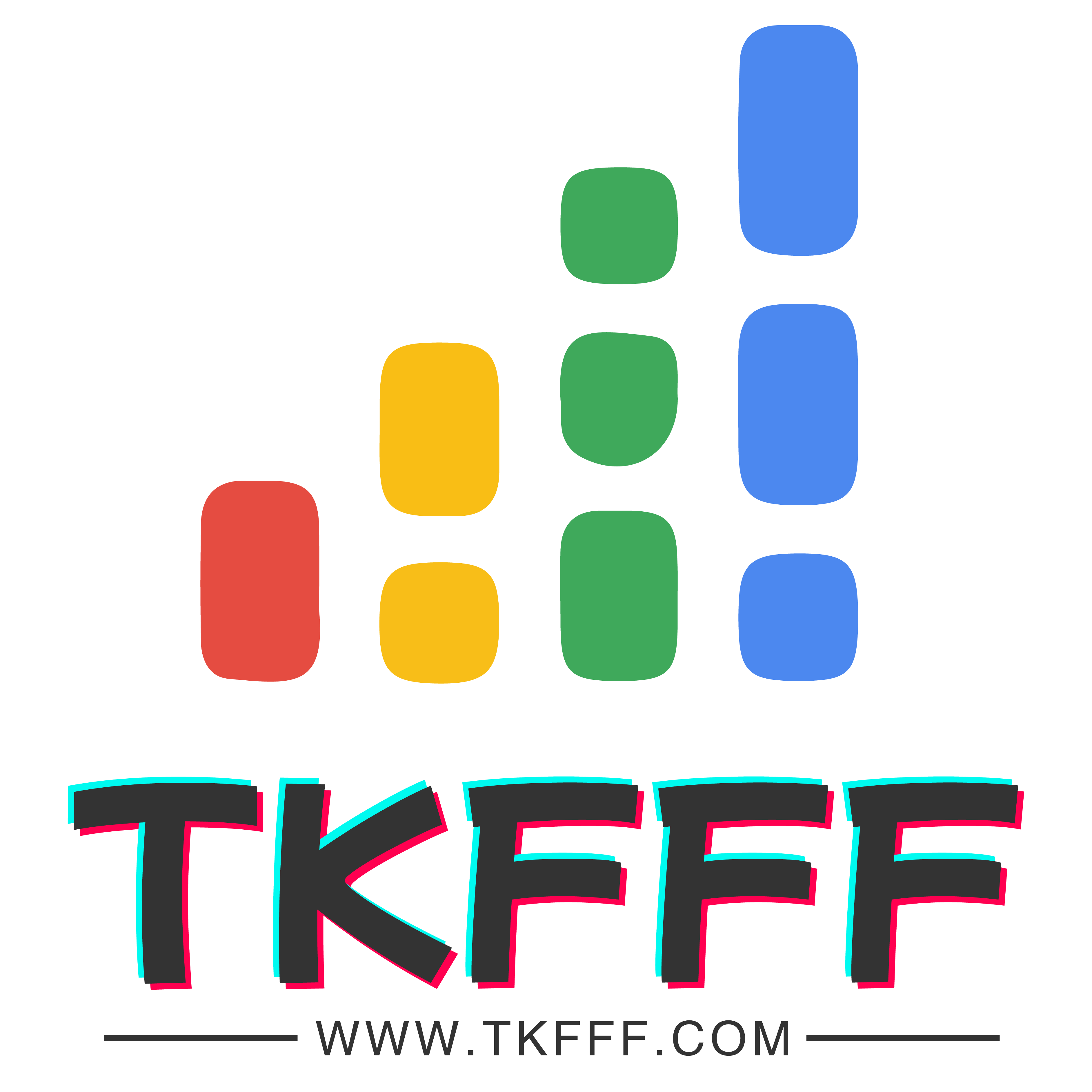








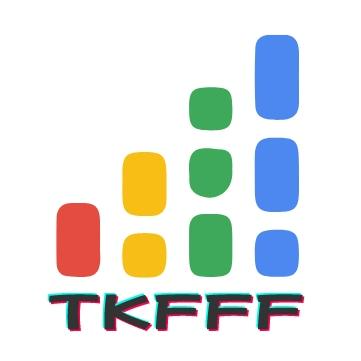 网站会员
网站会员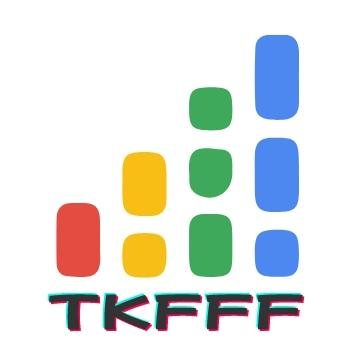 官方经理
官方经理